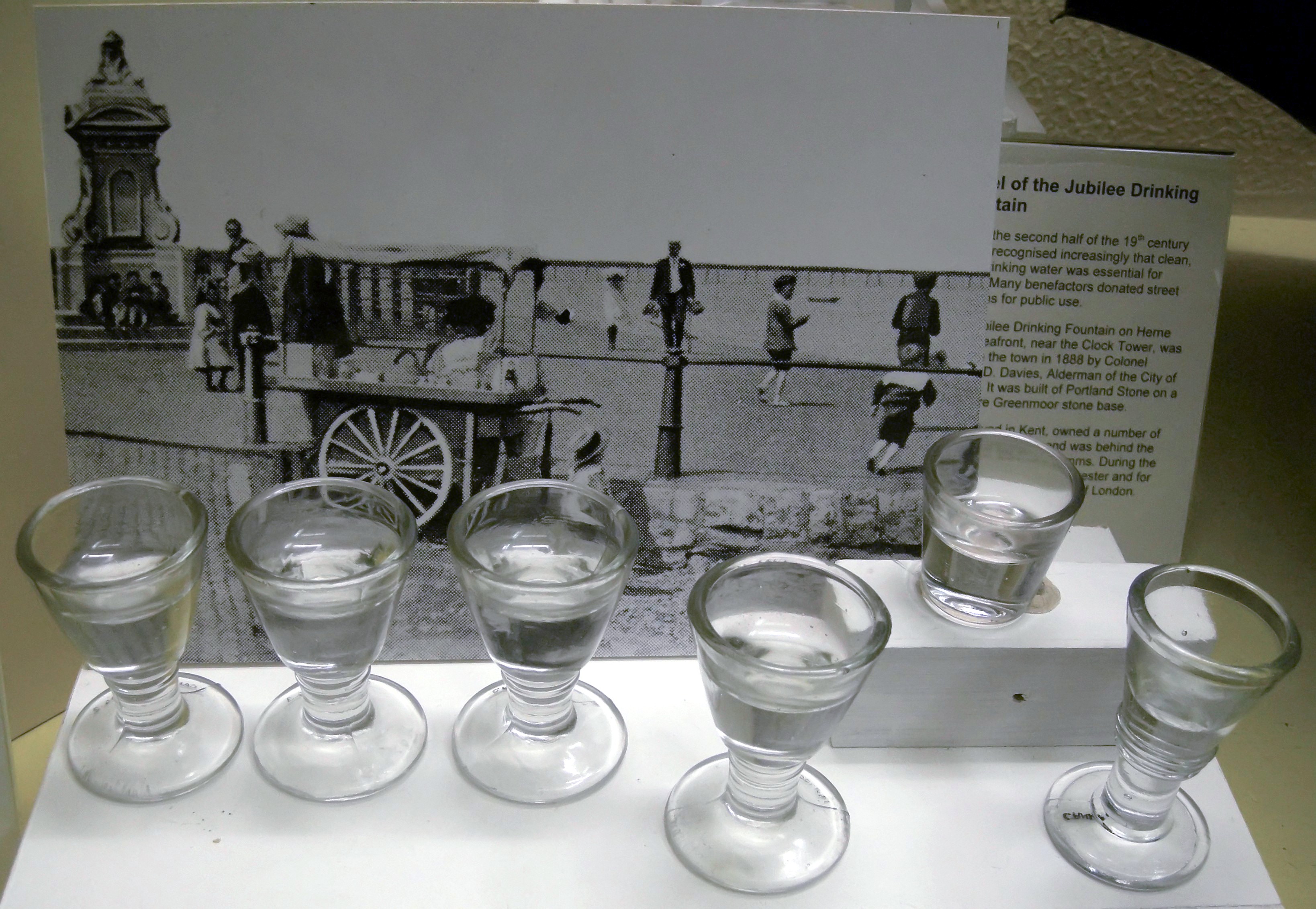Penny lick on:
[Wikipedia]
[Google]
[Amazon]
 A penny lick was a small
A penny lick was a small
Ice cream glasses
Drinkware Ice cream Victorian era Historical foods {{drinkware-stub
 A penny lick was a small
A penny lick was a small glass
Glass is a non-crystalline, often transparent, amorphous solid that has widespread practical, technological, and decorative use in, for example, window panes, tableware, and optics. Glass is most often formed by rapid cooling ( quenching ...
for serving ice cream
Ice cream is a sweetened frozen food typically eaten as a snack or dessert. It may be made from milk or cream and is flavoured with a sweetener, either sugar or an alternative, and a spice, such as cocoa or vanilla, or with fruit such as ...
, used in London
London is the capital and List of urban areas in the United Kingdom, largest city of England and the United Kingdom, with a population of just under 9 million. It stands on the River Thames in south-east England at the head of a estuary dow ...
, England, and elsewhere in the late nineteenth century and early twentieth century. Street vendors
A hawker is a vendor of merchandise that can be easily transported; the term is roughly synonymous with costermonger or peddler. In most places where the term is used, a hawker sells inexpensive goods, handicrafts, or food items. Whether statio ...
would sell the contents of the glass for one penny. The glass was usually made with a thick glass base and a shallow depression on top in which the ice cream was placed. The customer would lick clean the glass and return it to the vendor, who would reuse it.
The thickness of the glass made the contents appear greater than they were, often disappointing the customer, and the glasses commonly broke or were stolen.
The penny lick was banned in London in 1898 due to concerns about the spread of disease
A disease is a particular abnormal condition that negatively affects the structure or function of all or part of an organism, and that is not immediately due to any external injury. Diseases are often known to be medical conditions that a ...
, particularly cholera and tuberculosis
Tuberculosis (TB) is an infectious disease usually caused by '' Mycobacterium tuberculosis'' (MTB) bacteria. Tuberculosis generally affects the lungs, but it can also affect other parts of the body. Most infections show no symptoms, i ...
, as the glass was often not washed between customers. Questions of hygiene led Italo Marchiony to introduce a pastry cup in New York City
New York, often called New York City or NYC, is the most populous city in the United States. With a 2020 population of 8,804,190 distributed over , New York City is also the most densely populated major city in the Un ...
in 1896, which he patented in 1903. The waffle ice cream cone
An ice cream cone, poke (Ireland/Scotland) or cornet (England) is a brittle, cone-shaped pastry, usually made of a wafer similar in texture to a waffle, made so ice cream can be carried and eaten without a bowl or spoon, for example, the Hong Kon ...
rapidly became popular soon afterwards, displacing the penny lick.
See also
* Hokey pokey * Kōrikoppu, Japanese old unique glassware for shaved ice *Carlo Gatti
Carlo Gatti (1817–1878) was a Swiss entrepreneur in the Victorian era. He came to England in 1847, where he established restaurants and an ice importing business. He is credited with first making ice cream available to the general public a ...
* Agnes Marshall
References
External links
Ice cream glasses
Drinkware Ice cream Victorian era Historical foods {{drinkware-stub